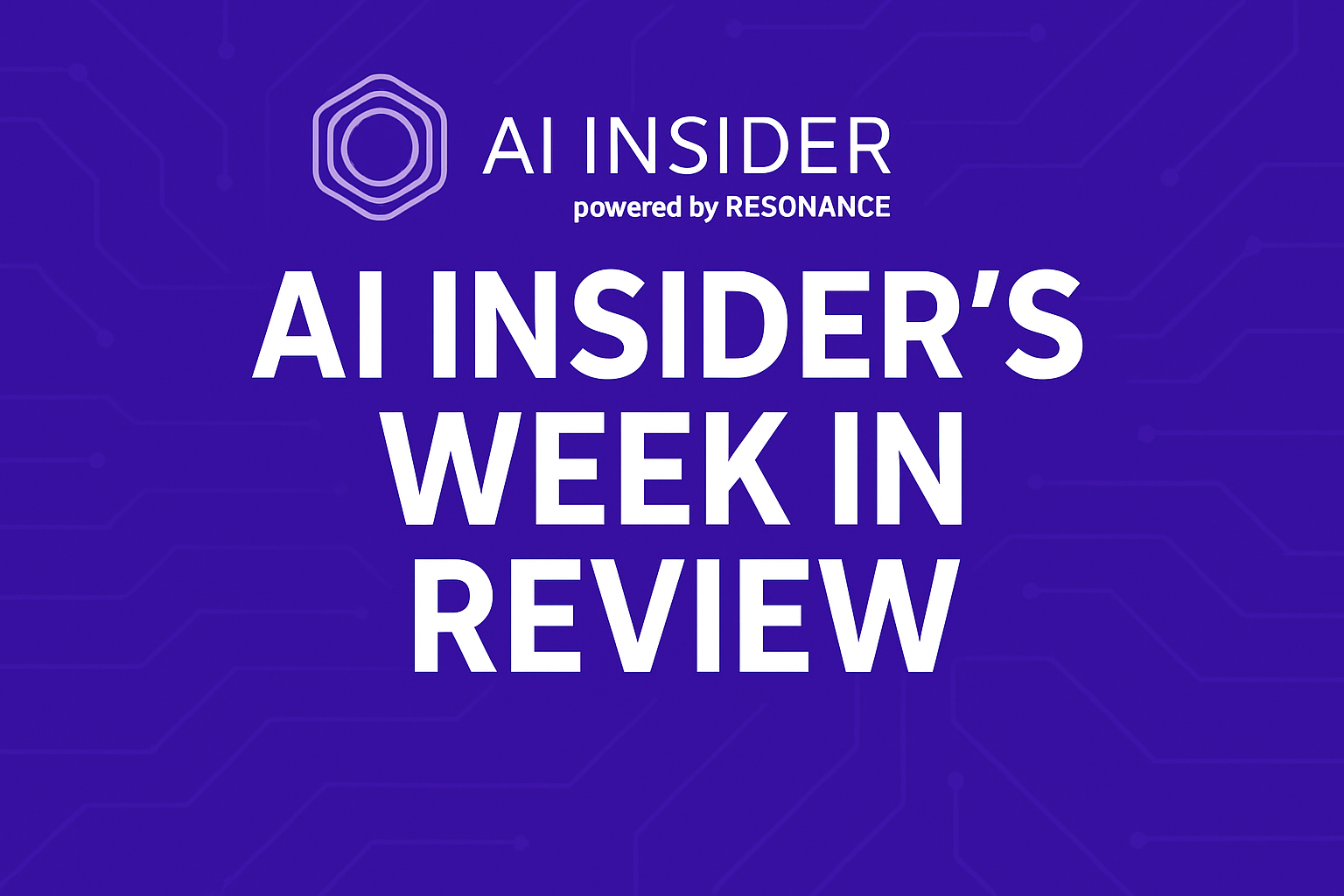Insider Brief
- Verbalized Machine Learning (VML) uses natural language to define and guide AI models, making them more interpretable and adaptable than traditional machine learning techniques that rely on complex mathematical parameters.
- VML allows users to offer guidance to AI models using everyday language, improving their learning processes and making AI decision-making more transparent and trustworthy.
- Researchers are exploring various applications for VML, including legal analysis, scientific research, and creative content generation, highlighting its versatility and potential to revolutionize machine learning across multiple disciplines.
Imagine being able to not just prompt your large language model of choice — but to offer it guidance and assistance in everyday language that could then produce better, more accurate results.
That might not be far away.
A team of researchers, including scientists from Max Planck Institute for Intelligent Systems, University of Tübingen and the University of Cambridge, report that Verbalized Machine Learning (VML) — a novel framework that uses natural language to parameterize models — may offer new levels of interpretability and adaptability compared to other machine learning techniques, which rely on complex mathematical parameters.
The team, which published their study on the pre-print server ArXiv, suggests that making AI more understandable and adaptable is a critical step for AI because it will help people see and understand the decision-making processes of AI systems, making them more transparent and easier to trust.
What Is Verbalized Machine Learning?
The rise of large language models (LLMs) such as OpenAI’s GPT-3 and Google’s BERT has forged a new path for machines to understand and generate human language. These models have demonstrated exceptional capabilities, giving them the ability to tackle complex language tasks with remarkable accuracy.
Building on this foundation, researchers have introduced VML, which seeks to capitalize on the strengths of LLMs to solve classic machine learning problems like regression and classification. Regression problems involve predicting a continuous numerical value based on input data. An example is forecasting house prices based on factors like location, size and number of bedrooms. When computer scientists refer to classification problems, they are referring to problems involve categorizing input data into discrete classes or labels, for example determining whether an email is spam or not based on its content and metadata.
To tackle these problems, traditional machine learning models operate in a numerical space, optimizing parameters through complex mathematical computations, which is not how most humans approach problem-solving. These models, then, often function as opaque black boxes, making it difficult for humans to understand their inner workings. VML, on the other hand, parameterizes — in other words defines or sets variables or parameter models — using natural language, allowing them to encode decision-making processes in a way that is easily understood by humans.
How VML Works
The core concept of VML is to view language models as function approximators, with natural language prompts acting as parameters. In other words, VML uses everyday language to guide and adjust how a model makes decisions, similar to how input variables control the behavior of a mathematical function.
This approach allows for the encoding of prior knowledge and inductive biases directly into the model, enhancing its learning process. This could create a platform where a user could offer advice or guidance to the model using plain language, helping it learn more effectively and make better decisions.
Ultimately, the researchers write, fy treating these prompts as part of the learning framework, VML introduces a new way of solving machine learning problems, offering a more transparent and interpretable solution.
Advantages of VML
According to the researchers, there are a number of advantages in adopting VML, they write: “The major advantages of VML include (1) easy encoding of inductive bias: prior knowledge about the problem and hypothesis class can be encoded in natural language and fed into the LLM-parameterized learner; (2) automatic model class selection: the optimizer can automatically select a concrete model class based on data and verbalized prior knowledge, and it can update the model class during training; and (3) interpretable learner updates: the LLM-parameterized optimizer can provide explanations for why each learner update is performed.”
We can break this down a little.
First, unlike traditional models that require specialized knowledge to interpret, VML models use natural language, making them accessible to non-experts. This transparency fosters trust and understanding in industries where decision-making needs to be clear and accountable.
VML also provides a unified mechanism to encode domain-specific knowledge through natural language prompts. This allows researchers to inject expert insights directly into the learning process, similar to teaching a human learner with guidelines. VML’s optimizer uses natural language to dynamically select the most suitable model class based on data and prior knowledge. This adaptability offers a flexible alternative to traditional methods that rely on predefined model architectures.
By treating both data and model parameters as part of a text prompt, VML integrates learning processes in a manner akin to the von Neumann architecture, where instructions and data share a unified memory space. This holistic approach streamlines machine learning tasks, making them more intuitive and cohesive.
Case Studies: VML in Action
This isn’t just an exercise in academics. The researchers say the model could have real-world applications and tested their approach on a few different use cases to validate the effectiveness of VML.
Regression and Classification Tasks
In classical regression tasks, VML showcased its ability to accurately predict outcomes by leveraging natural language prompts to encode relationships between variables. This approach allows for a more nuanced understanding of data patterns compared to traditional methods.
In text classification experiments, VML outperformed conventional approaches by extracting intricate patterns that are challenging to discern through standard techniques. This capability shows how VML could boost knowledge discovery, offering insights that may remain hidden in traditional models.
Medical Image Classification
VML’s capabilities extend beyond simple tasks, as evidenced by its application in medical image classification. Using GPT-4o, an advanced LLM supporting visual inputs, researchers applied VML to classify X-ray images for pneumonia detection. By integrating text and image data, VML achieved promising results, highlighting its versatility in tackling complex problems.
Challenges and Future Directions
While VML represents a groundbreaking advancement in machine learning, it faces several challenges that researchers are actively working to address:
- Training Variability: VML training can experience high variance due to the stochastic nature of LLM inference and prompt design. Researchers aim to refine training methodologies to enhance consistency and reliability.
- Numerical Precision: Language models occasionally exhibit numerical errors during inference, impacting the precision of calculations. Future research focuses on improving LLMs’ handling of numerical data to enhance accuracy.
- Scalability: The context window limitations of LLMs pose challenges for processing high-dimensional data and large batch sizes. Researchers are exploring methods to scale VML for more extensive datasets and complex tasks.
Future Work
To overcome these limitations and propel VML forward, researchers propose several avenues for future exploration:
Researchers say, for example, focusing on improving the design of natural language prompts could lead to significant strides for refining the Verbalized Machine Learning (VML) framework. By honing these prompts, they aim to reduce training variability and enhance the consistency of machine learning models. This means that machines will become more reliable in understanding and executing tasks, thanks to clearer and more precise language instructions.
In addition to refining prompts, scientists are integrating VML with symbolic AI techniques to boost numerical precision. This integration helps machines perform more accurate calculations and predictions, which is crucial for tasks requiring high accuracy, like financial modeling or medical diagnosis. By leveraging symbolic AI, VML can bridge the gap between human reasoning and machine computation, paving the way for more sophisticated and reliable AI applications.
Scaling up VML is another exciting direction the researchers are exploring. By optimizing large language model (LLM) architectures and utilizing distributed computing techniques, scientists can handle larger datasets and tackle more complex problems effectively. VML’s adaptability also extends to various fields, making it an excellent tool for legal analysis, scientific research, and creative content generation. This versatility ensures that VML isn’t just confined to traditional machine learning applications but can also contribute significantly to different disciplines, offering innovative solutions and enhancing productivity across various sectors.
The research team included Tim Z. Xiao, Max Planck Institute for Intelligent Systems, Tübingen, and University of Tübingen; Robert Bamler, University of Tübingen; Bernhard Schölkopf, Max Planck Institute for Intelligent Systems, Tübingen; and Weiyang Liu, Max Planck Institute for Intelligent Systems, Tübingen, and University of Cambridge.






